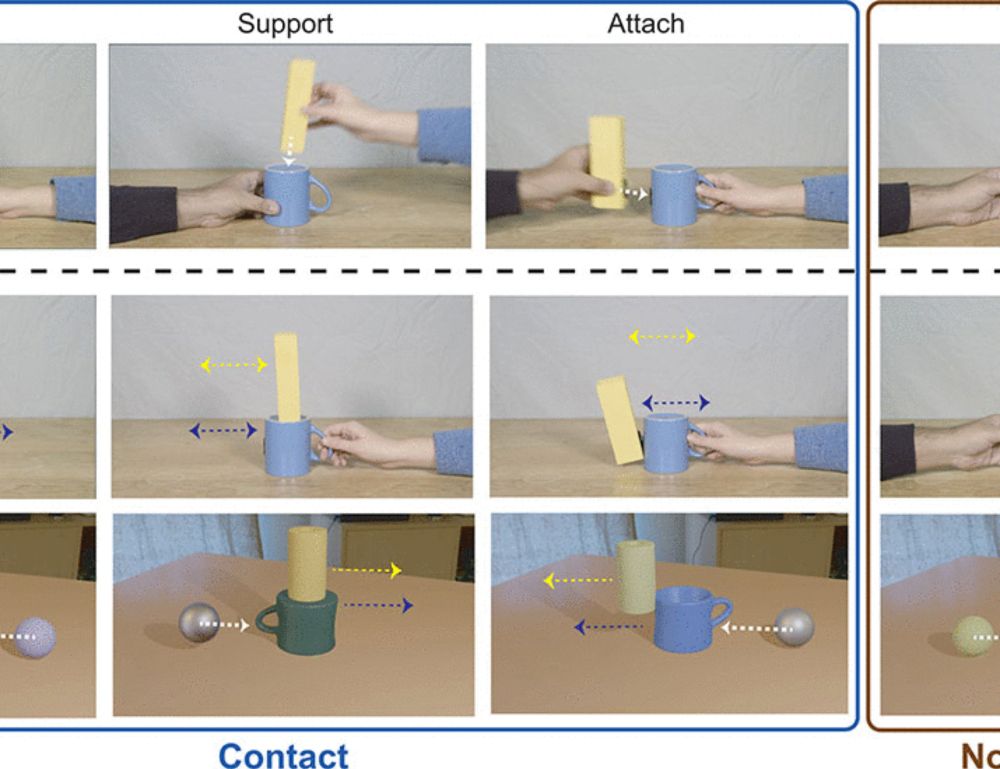
www.science.org/doi/full/10....
(1/n)
By Mars and Passingham
"Understanding anthropoid foraging challenges may thus contribute to our understanding of human cognition"
Going to the top of the reading list!
doi.org/10.1016/j.ne...
#neuroskyence

By Mars and Passingham
"Understanding anthropoid foraging challenges may thus contribute to our understanding of human cognition"
Going to the top of the reading list!
doi.org/10.1016/j.ne...
#neuroskyence
with @joshtenenbaum.bsky.social & @rebeccasaxe.bsky.social
Punishment, even when intended to teach norms and change minds for the good, may backfire.
Our computational cognitive model explains why!
Paper: tinyurl.com/yc7fs4x7
News: tinyurl.com/3h3446wu
🧵
with @joshtenenbaum.bsky.social & @rebeccasaxe.bsky.social
Punishment, even when intended to teach norms and change minds for the good, may backfire.
Our computational cognitive model explains why!
Paper: tinyurl.com/yc7fs4x7
News: tinyurl.com/3h3446wu
🧵
Video abstract: www.youtube.com/watch?v=B0XR...
Paper: authors.elsevier.com/a/1lWxv3QW8S...
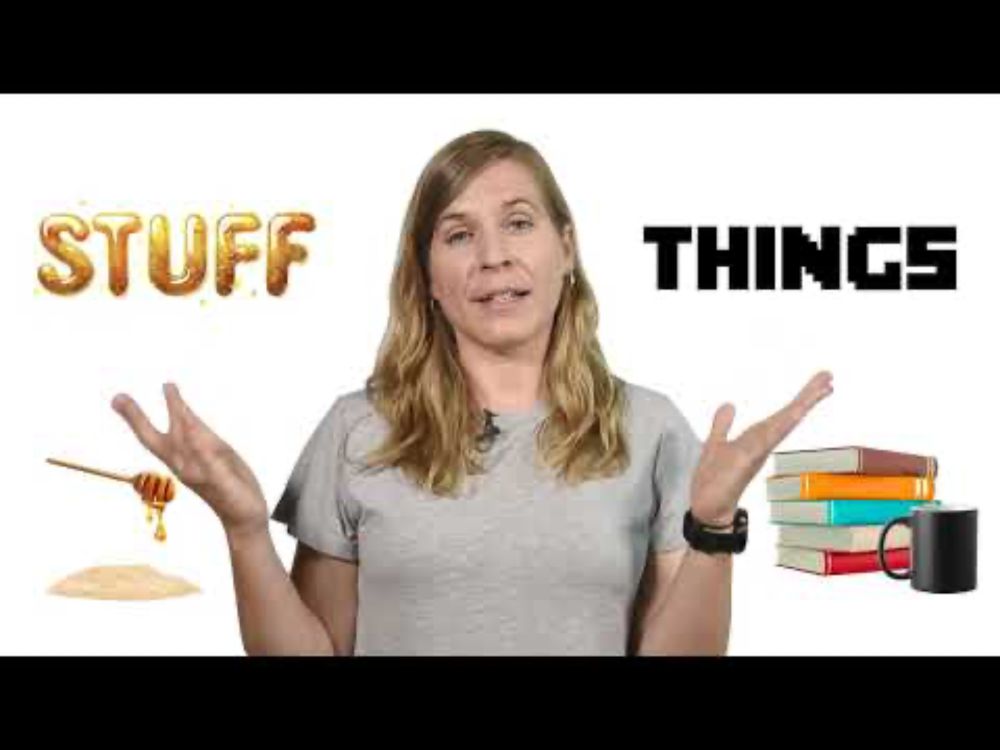
Video abstract: www.youtube.com/watch?v=B0XR...
Paper: authors.elsevier.com/a/1lWxv3QW8S...
New Preprint (link: tinyurl.com/LangLOT) with @alexanderfung.bsky.social, Paris Jaggers, Jason Chen, Josh Rule, Yael Benn, @joshtenenbaum.bsky.social, @spiantado.bsky.social, Rosemary Varley, @evfedorenko.bsky.social
1/8

New Preprint (link: tinyurl.com/LangLOT) with @alexanderfung.bsky.social, Paris Jaggers, Jason Chen, Josh Rule, Yael Benn, @joshtenenbaum.bsky.social, @spiantado.bsky.social, Rosemary Varley, @evfedorenko.bsky.social
1/8

www.science.org/doi/full/10....
(1/n)

www.science.org/doi/full/10....
(1/n)
www.science.org/doi/full/10....
(1/n)

www.science.org/doi/full/10....
(1/n)
osf.io/preprints/ps...
#CogSci #EEG
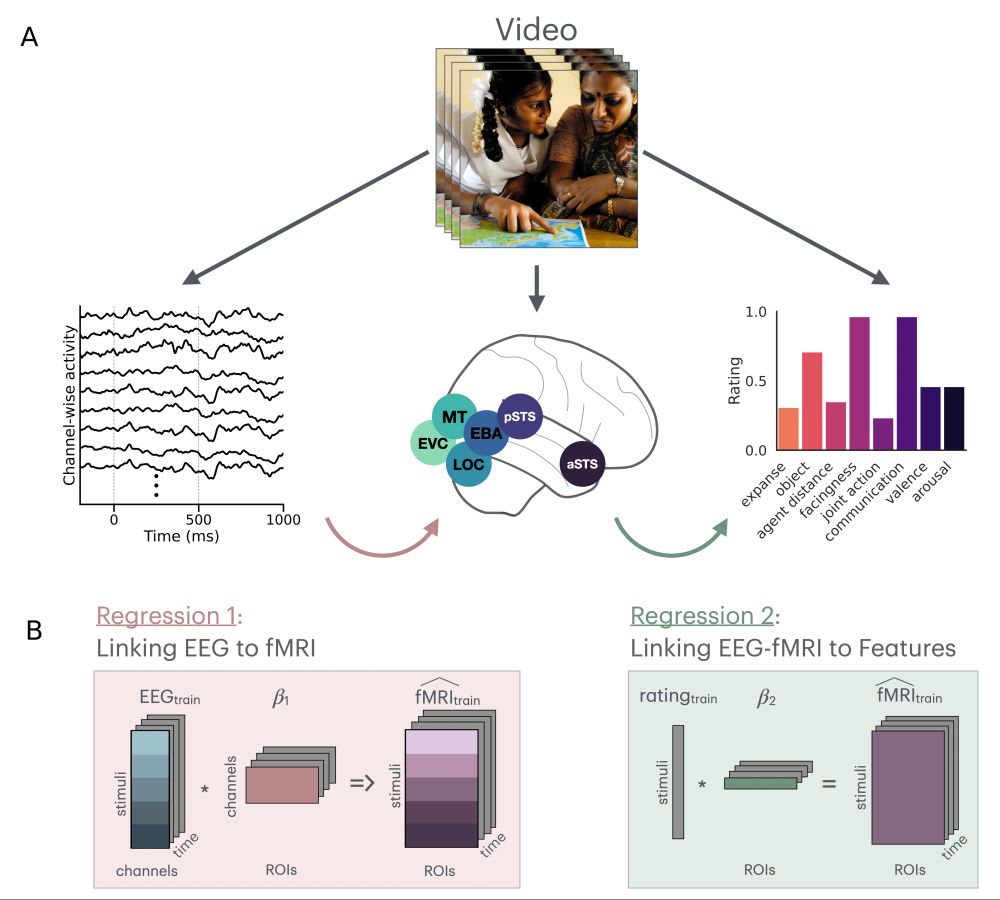
osf.io/preprints/ps...
#CogSci #EEG


1/n

1/n
elifesciences.org/articles/93033

elifesciences.org/articles/93033
careers.peopleclick.com/careerscp/cl...
......
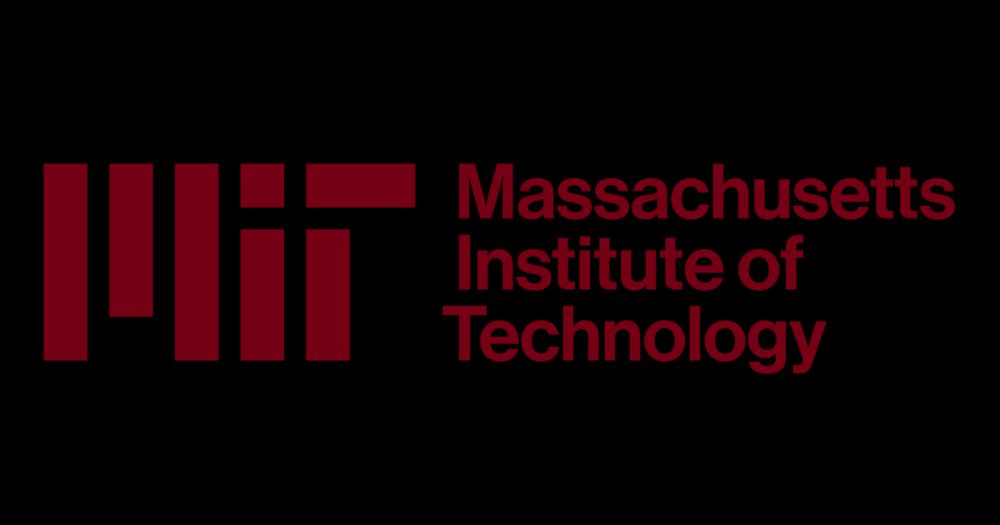
careers.peopleclick.com/careerscp/cl...
......
doi.org/10.1038/s415...
posting here with a figure that didn't make it into the final draft and is now instead a boring table :P
#CogSci #LLMs #AI
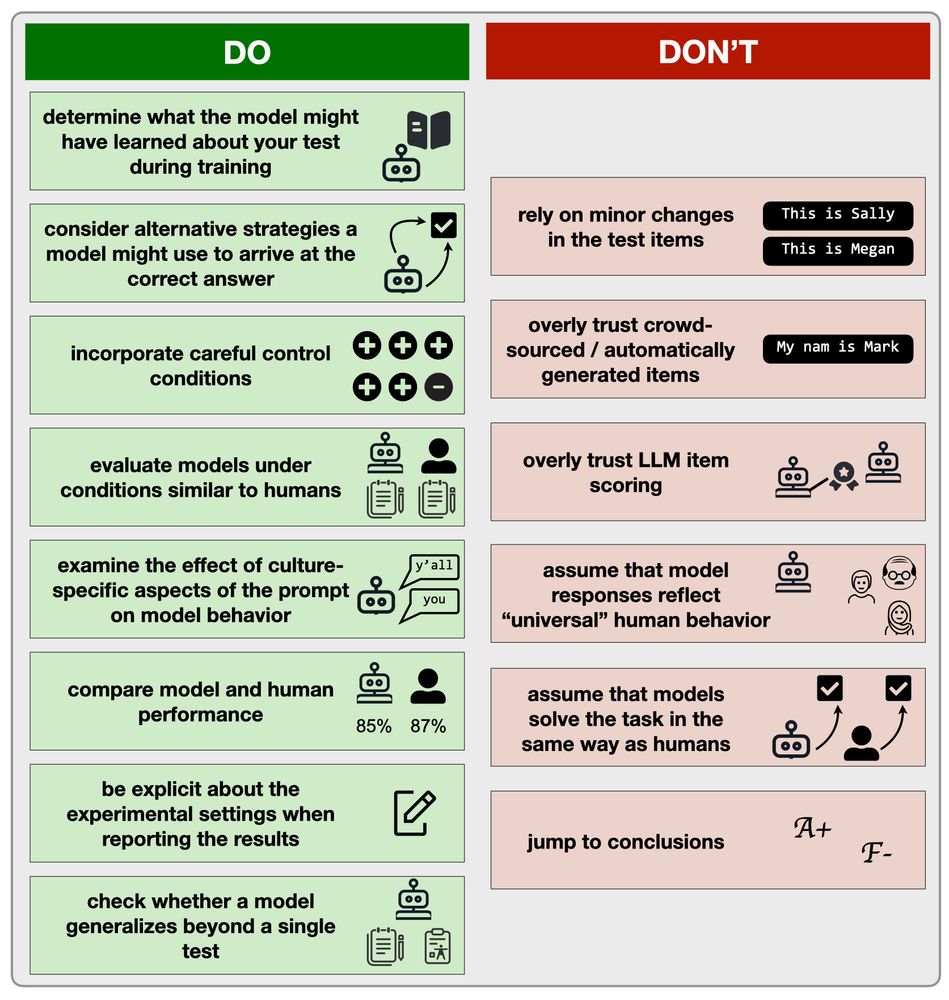
doi.org/10.1038/s415...
posting here with a figure that didn't make it into the final draft and is now instead a boring table :P
#CogSci #LLMs #AI
Working with myself,
@stephanierossit.bsky.social
@timkietzmann.bsky.social
Funded by @leverhulme.bsky.social
www.jobs.ac.uk/job/DLL004/p...




